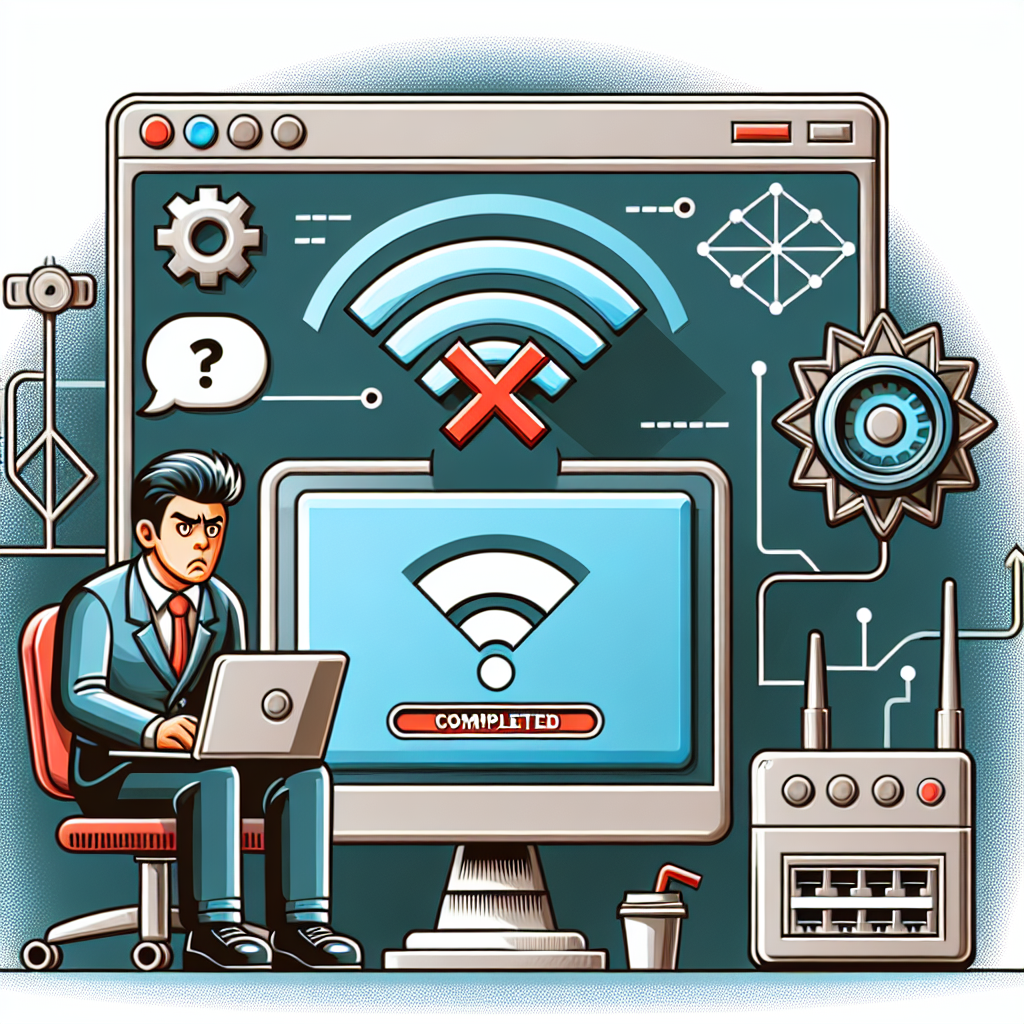Introduction
Experiencing problems with your WiFi adapter after a Windows update can be frustrating, but it is a common issue. Fortunately, there are several steps you can take to troubleshoot and resolve these problems efficiently. This article will guide you through various methods to fix WiFi adapter issues caused by a Windows update.
Common Symptoms
If your WiFi adapter is not working after a Windows update, you might experience the following symptoms:
- No WiFi networks are detected.
- The WiFi adapter is missing from Device Manager.
- Frequent disconnections from WiFi networks.
- Unable to toggle WiFi on/off.
Initial Checks
1. Restart Your Computer
Sometimes, a simple restart can fix connectivity issues. Restart your computer and check if the WiFi adapter is working correctly.
2. Check Physical Connections
Ensure that your WiFi adapter is properly connected if it is an external device. For integrated adapters, verify that the wireless switch on your laptop is turned on.
Table: Quick Troubleshooting Actions
| Action | Description | Expected Result |
|---|---|---|
| Restart Computer | Reboots the system | Fixes temporary issues |
| Check Connections | Verify physical connectivity | Ensures adapter is connected |
Advanced Troubleshooting Steps
3. Update WiFi Adapter Driver
Outdated or incompatible drivers can cause WiFi issues after a Windows update. Follow these steps to update your driver:
- Open Device Manager by right-clicking the Start button and selecting Device Manager.
- Locate your WiFi adapter under the Network adapters section.
- Right-click the adapter and choose Update driver.
- Select Search automatically for updated driver software.
- Follow the on-screen instructions to complete the update.
4. Roll Back WiFi Adapter Driver
If updating the driver does not resolve the issue, you might need to roll back to the previous driver version:
- Open Device Manager.
- Find your WiFi adapter and right-click on it, then select Properties.
- Navigate to the Driver tab and click on Roll Back Driver.
- Follow the prompts to roll back to the previous version.
5. Reinstall WiFi Adapter Driver
Reinstalling the adapter driver can resolve corruption or compatibility issues:
- Go to Device Manager.
- Right-click on your WiFi adapter and select Uninstall device.
- Restart your computer. Windows will automatically reinstall the driver.
6. Check for Windows Updates
Ensure that you have all the latest Windows updates installed, as Microsoft may release patches to address connectivity issues:
- Open Settings and go to Update & Security.
- Click on Windows Update and select Check for updates.
- Install any available updates and restart your computer.
7. Run Network Troubleshooter
Windows has a built-in network troubleshooter that can diagnose and fix common network problems:
- Open Settings and go to Update & Security.
- Select Troubleshoot, and then click on Internet Connections.
- Run the troubleshooter and follow the on-screen instructions.
Conclusion
Troubleshooting WiFi adapter issues after a Windows update can involve a series of steps, from basic checks to more advanced solutions. By following the methods outlined in this article, you can hopefully resolve the problem and restore your WiFi connectivity. If these steps do not fix the issue, consider contacting your computer manufacturer or a professional technician for further assistance.

